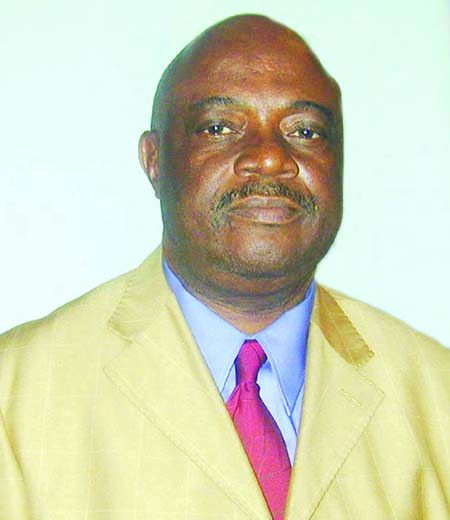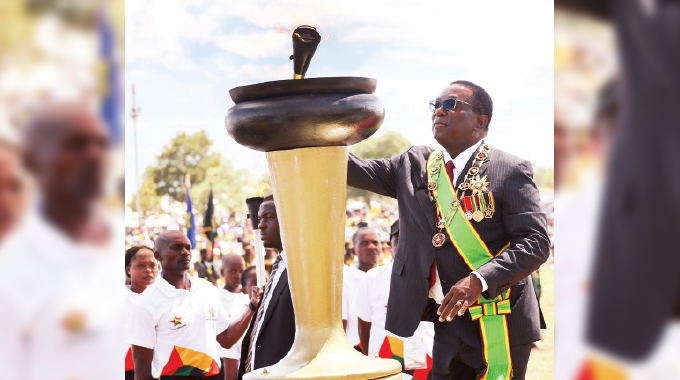Government bans Left-hand vehicles

The Transport, Communications and Infrastructure Development Ministry on September 17 gazetted Statutory Instrument 154 on Road Traffic (Construction, Equipment and Use) Regulations, 2010 banning the use of left-hand drive vehicles among other measures.
Section 10 (2) of the regulations reads: “No person shall drive on a road any motor vehicle registered in terms of the Vehicle Registration and Licensing Act for the first time in Zimbabwe on or after 31st March 2011, if the steering wheel of the vehicle is on the left-hand side.
“Provided that no heavy vehicle fitted with a steering wheel on the left hand side shall be driven on a road after 31 December 2015.”
Government has said this is meant to reduce traffic carnage as Zimbabwean motorists drive on the left side of the road.
However, the Transport Operators’ Association of Zim-babwe yesterday challenged this assertion and said the changes would result in the collapse of the sector.
Local companies import mostly left-hand drive haulage trucks from Europe and Asia.
Mr Bernard Lunga, the TOAZ deputy chair, urged the Government to reconsider the ban through further negotiations.
“The TOAZ confirms that its members support initiatives which are intended to improve road safety.
“However, it does not believe that the proposals for the early banning of left-hand drive vehicles as currently set out would be as beneficial as suggested and that this would very likely cause serious unintended repercussions in other sectors of the economy,” he said.
Mr Lunga said they had written to the Government twice this year airing their views on the matter, but had not received favourable responses.
On April 29, TOAZ wrote saying the ban would benefit foreign companies.
“The demise of the left-hand drive fleet means that Zimbabwe’s transport capacity will be severely constrained.
“This will result in the market being commandeered and taken over by transport companies from neighbouring countries, principally South Africa.
“This will result in an increase in road transport rates, rendering the country’s exports uncompetitive and creating a huge transport liability for Zimbabwe,” TOAZ said in the letter.
Mr Lunga yesterday said it was also not clear what the status of foreign-registered left-hand vehicles operating in Zimbabwe would be. He said should they be allowed to continue operating, they would corner the entire sector and create a monopoly by foreigners.
The transport industry employs approximately 15 000 people.
On the safety concerns that have been raised against left-hand drive vehicles, TOAZ said there was no tangible evidence to prove this assertion.
“The left-hand drive sub-committee is not aware of any published and verifiable collision data which indicates that left-hand drive vehicles are a higher hazard than other vehicles operating on Zimbabwe’s roads like right-hand trucks, rural buses, commuter buses and other vehicles.
“The left-hand drive sub-committee is of the opinion that it is wrong to label left-hand drive vehicles as a safety hazard in the absence of verified statistical data,” read a letter to Government.
TOAZ established the sub-committee to lead engagement with Government and says unroadworthy vehicles and the poor state of roads are the major contributors to fatalities.
Efforts to get comment from the Ministry of Transport
were unsuccessful last night.
However, the ministry’s Permanent Secretary, Mr Partson Mbiriri, said in July that left-hand drive vehicles would be banned because they had been cited as major contributors to road accidents in countries where motorists drive on the right.
He cited countries like South Africa as examples of those that had banned importation and use of “wrong-side” vehicles.
According to some websites, a 1969 research study showed that countries driving on the left had lower collision rates than countries driving on the right.
One Wikipedia article said: “It has been suggested this is partly because humans are more commonly right-eye dominant.
“In left-hand traffic, the predominantly better-performing right eye is used to monitor oncoming traffic and the driver’s wing mirror.
“In right-hand traffic, oncoming traffic and the driver’s wing mirror are handled by the predominantly weaker left eye.
“In addition, it has been argued that left-sided driving is safer for elderly people given the likelihood of their having visual attention deficits on the left side and the need at intersections to watch out for vehicles approaching on the near-side lane.”
The Transport Ministry’s Statutory Instrument also banned the registration of used vehicles on or before March 31, 2011 that are more than five years old from the day of manufacture.
It also banned use of tinted car windows.











Comments